#Constantinople
Text
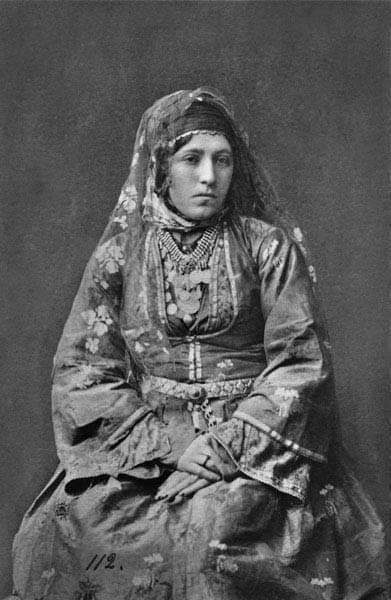



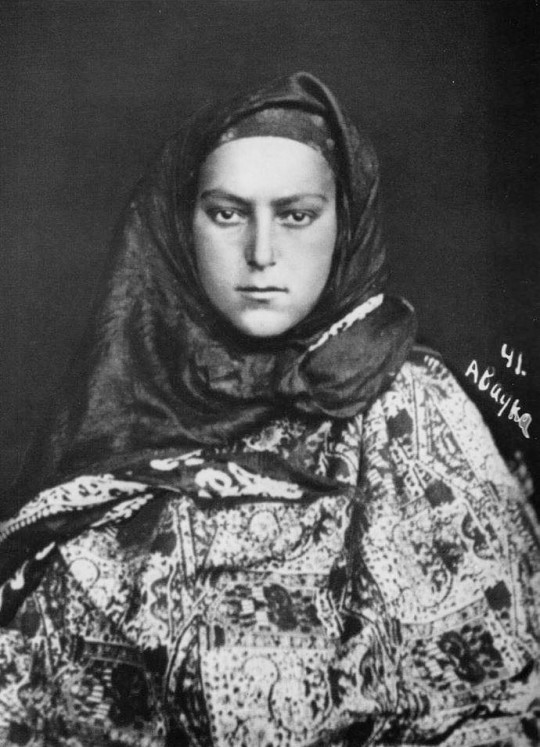


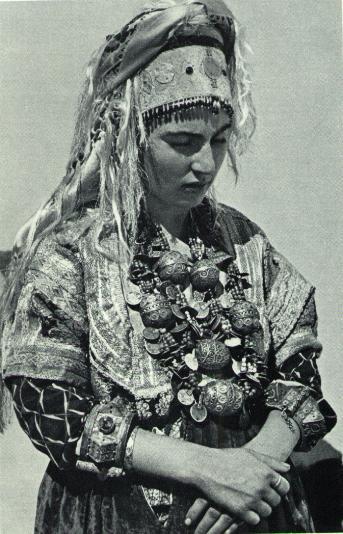
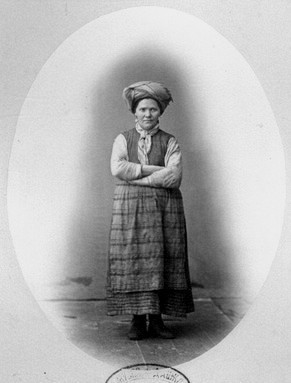
Old photographs of Jewish women
1. Georgia, 2. Moscow, Russia; 3. Istanbul, Turkey; 4. Sarajevo, Bosnia; 5. Dagestan; 6. Alytus, Lithuania; 7. Beirut, Lebanon; 8. Morocco; 9. Vitebsk, Belarus
#jewish#women#ethnicdress#georgia#caucasus#mountain jews#russia#moscow#ashkenazi#turkey#istanbul#constantinople#sarajevo#bosnia and herzegovina#dagestan#lithuania#baltic#beirut#lebanon#middle east#morocco#africa#belarus#russian empire#sephardic
3K notes
·
View notes
Photo

Byzantine column from Hagia Sophia (Istanbul, Turkey)
#Hagia Sophia#Hellenismos#Byzantium#Byzantine empire#Greek orthodox#Orthodoxy#Christianity#Turkey#Istanbul#Constantinople#Architecture#church#byzantine architecture#photography
3K notes
·
View notes
Text

1K notes
·
View notes
Text

View of the Bosphorus in the Moonlight
by Ivan Aivazovsky
#bosphorus#bosporus#art#ivan aivazovsky#moon#moonlight#moonlit#europe#asia#sea#constantinople#istanbul#turkey#thrace#anatolia
930 notes
·
View notes
Text
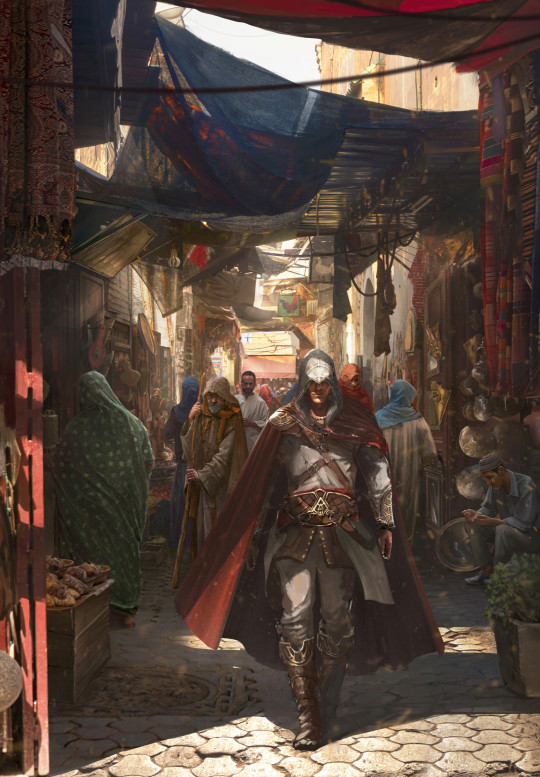
Maxime Delcambre - Assassin's Creed (2019)
#2019#art#illustration#gaming#Maxime Delcambre#Assassin's Creed#Revelations#Ezio#Ezio Auditore da Firenze#Altair#Altair ibn La'Ahad#Constantinople#Istanbul#Ottoman Empire#Byzantium#Byzantine Empire
649 notes
·
View notes
Text

🏫🇬🇷🏫 Αγια ΣΟΦΙΑ . ΚΩΝΣΤΑΝΤΙΝΟΥΠΟΛΗ !!
On this day 27 December 537 AD, Hagia Sophia the symbolic center of the #Greek Orthodox faith, opened in Constantinople. The marble used for the floor and ceiling was produced in Anatolia and Syria, and the bricks used in the walls came from as far away as North Africa. The 104 columns of Hagia Sophia (Αγια Σοφια) were imported from the Temple of Artemis in Ephesus.
📸https://www.pinterest.de/pin/125889752072846998/. Good afternoon dear friends!!
#lifestyle#myuploads#aesthetic#travel#travelingare#photography#architecture#constantinople#hagia sophia#turkey
298 notes
·
View notes
Text

Constantinople, Top-Kahne Mosque by Ivan Aivazovsky, 1884.
#classic art#painting#ivan aivazovsky#armenian artist#19th century#romanticism#architecture#cityscape#constantinople#istanbul#mosque#mist#river#boats
291 notes
·
View notes
Text
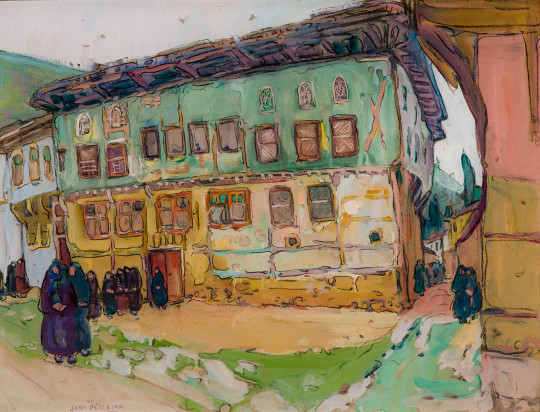
Jane Peterson - Sultana's Palace, Constantinople (1924)
144 notes
·
View notes
Text


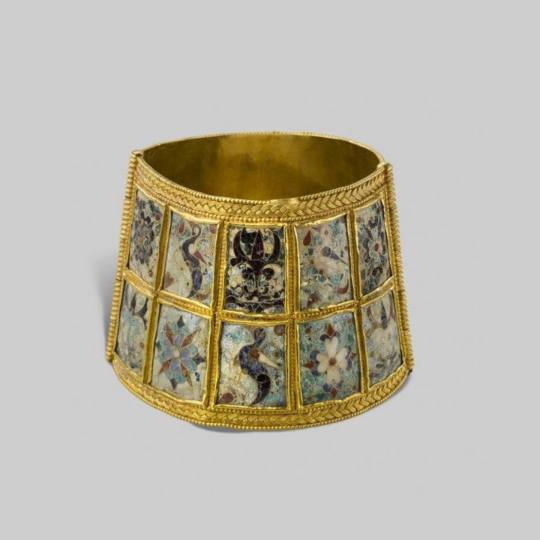
Gold bracelets dated 9th–10th centur, Constantinople, Turkey.
Each bracelet consists of twenty partitions that are framed by granular strips and are decorated with cloisonné enamel.
The partitions alternately depict birds pecking at leaves, palms and rosettes and are rendered in different colour variations.
Museum of Byzantine Culture, Thessaloniki
#art#history#design#style#archeology#sculpture#gold#bracelet#jewelry#jewellery#turkey#constantinople#9th century#10th century#cloisonné#enamel#birds#leaves#palms#rosettes#byzantine
149 notes
·
View notes
Text
On This Day In History
May 29th, 1453: Constaninople falls to the Ottomans and is renamed Istanbul.
206 notes
·
View notes
Text
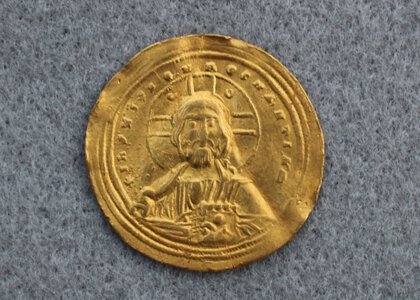
A Very Rare 1,000-Year-Old Byzantine Gold Coin Found in Norway
Approximately 1,000 years ago in Constantinople — the bustling capital of the Byzantine Empire — a small gold coin was minted.
Now, about a millennia later, the tiny treasure has been unearthed more than 1,600 miles away from its origin, according to a Nov. 30 news release from the Inlandet County Municipality.
Officials said a metal detectorist stumbled upon the artifact among the mountains in Vestre Slidre, Norway. It’s a rare discovery for Norway, and the seemingly out-of-place artifact appears to be in great condition, especially given its age.
Photos of the coin show each side’s intricate carvings. One side depicts Jesus Christ holding a Bible, while the other shows Byzantine emperors Basil II and Constantine VII, brothers who ruled together, officials said.
Each side also has an inscription. The side showing Jesus has a Latin inscription, which translates to “Jesus Christ, King of those who reign,” according to experts. The side depicting the emperors has a Greek inscription, which translates to “Basil and Constantine, emperors of the Romans.”

Experts said the coin was minted during Basil and Constantine’s reign, likely sometime between 977 and 1025. The dotted circles bordering the coin indicate its age.
HOW DID THE COIN MAKE IT FROM CONSTANTINOPLE TO NORWAY?
Experts have tried to determine how the coin ended up in Norway.
One hypothesis is that the artifact belonged to Harald the Ruthless — the king of Norway from 1045 until 1066, according to Britannica.
Before he was king, Harald the Ruthless, also known as Harald Hardråde, served as part of the Byzantine emperor’s guard, experts said. It was customary for guards to loot the palace after an emperor’s death, and three emperors died during Hardråde’s time as a guard.
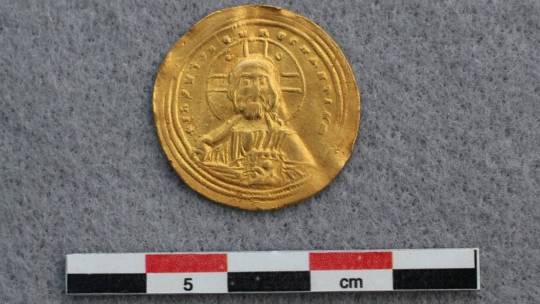
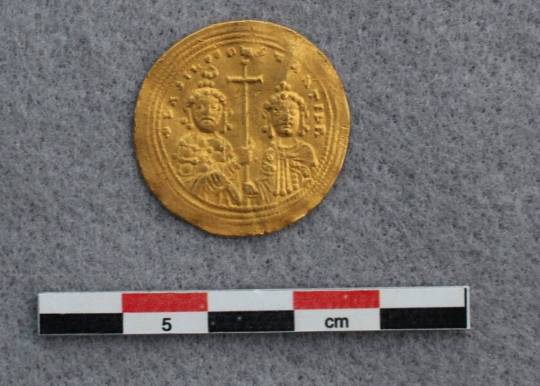
Once the coin made it back to Norway, it could have been lost along a trade or transportation route, according to experts.
Archaeologists have not had a chance to fully examine the site where the coin was found, but they are planning a broader excavation in 2024, officials said.
By Moira Ritter.
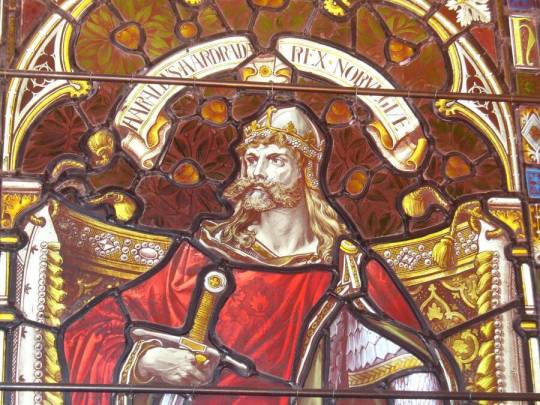
#A Very Rare 1000-Year-Old Byzantine Gold Coin Found in Norway#Constantinople#Vestre Slidre Norway#Basil II#Constantine VII#Harald the Ruthless#Harald Hardråde#Jesus#metal detecting#gold#gold coin#collectable coins#ancient artifacts#archeology#archeolgst#history#history news#ancient history#ancient culture#Byzantine Empire
73 notes
·
View notes
Photo

Constantinople in 1453
138 notes
·
View notes
Text

The Galata Tower by Moonlight by Ivan Aivazovsky
#ivan aivazovsky#art#galata tower#moonlight#moon#full moon#moonlit#constantinople#istanbul#turkey#europe#asia#genoese#tower#watchtower#galata#beyoğlu#city#landscape#cityscape#romanesque
119 notes
·
View notes
Photo
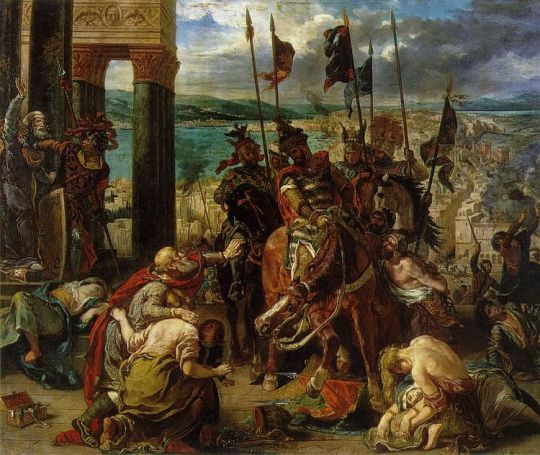
Fourth Crusade
The Fourth Crusade (1202-1204 CE) was called by Pope Innocent III (r. 1198-1216 CE) to retake Jerusalem from its current Muslim overlords. However, in a bizarre combination of cock-ups, financial constraints, and Venetian trading ambitions, the target ended up being Constantinople, capital of the Byzantine Empire and the greatest Christian city in the world. Sacked on 12 April 1204 CE, Constantinople was stripped of its riches, relics, and artworks, and the Byzantine Empire was divided up between Venice and its allies. The Fourth Crusade thus gained its infamous reputation as the most cynical and profit-seeking of all the crusades.
East-West Suspicion
The Byzantines saw themselves as the defenders of Christendom, the beacon which shone out across the Mediterranean and central Asia, hosts to the holiest city outside Jerusalem, and the rock which stood against the tide of Islam sweeping in from the east. By the western half of the old Roman Empire, though, the Byzantines were regarded as decadent, shifty, and untrustworthy; even their religious practices were suspect. This essential division between the east and west had caused constant problems in all the previous crusades, and it was to crop up again in this one.
There were also more concrete sources of division, the historical rivalry between popes and emperors, and the rising ambition of western states to wrest from Byzantium the remnants of its empire in Italy were fuelled by the failures of the crusades in permanently securing the Holy Land for Christendom. Blame was apportioned to either side for the lack of success. The Byzantines were considered to lack the will to fight the common Muslim enemy while, from the other side, the Crusaders were seen as opportunists out to grab the choicest parts of the Byzantine Empire in the east. In a sense, both sides were right in their judgement.
Continue reading...
33 notes
·
View notes
Text
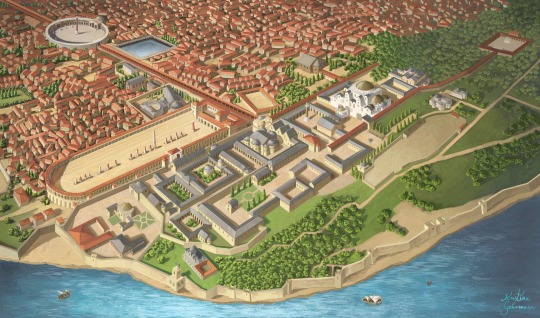
A new work from me!
Panoramic illustration of Constantinople in late 10th/early 11th century. For a nonfiction book.
Medium: Clip Studio Paint, Photoshop, Wacom Intuos.
Client: Noordhoff
A little What's What of various elements:
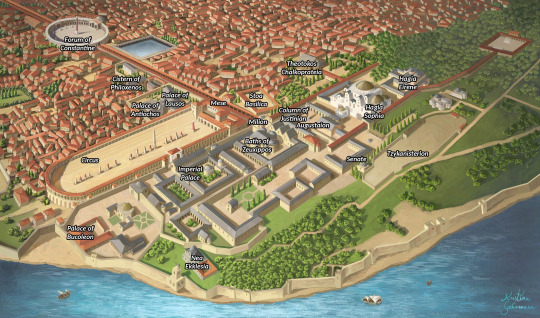
71 notes
·
View notes
Photo


Empire and its shining burining heart
245 notes
·
View notes